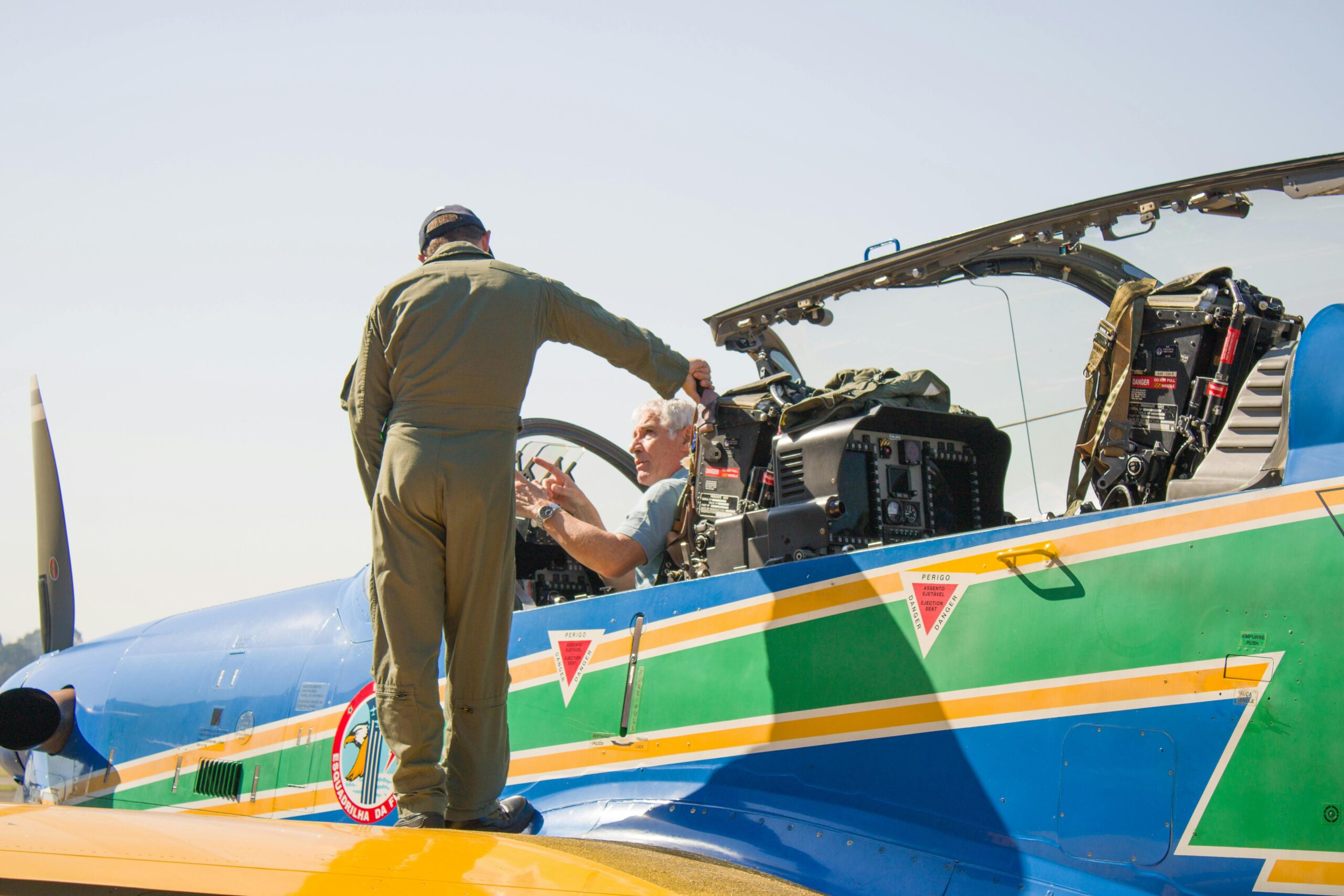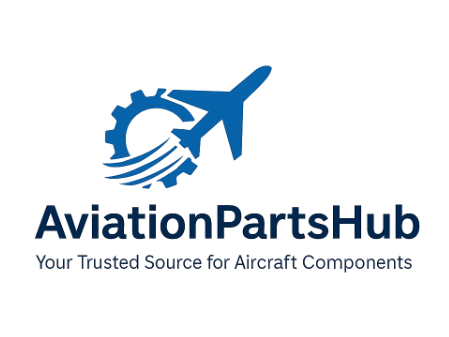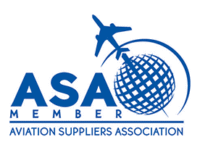The Ultimate Pre-Flight Checklist: A Guide to a Safe Flight

The Ultimate Pre-Flight Checklist: A Guide to a Safe Flight
For every pilot, the pre-flight inspection is a fundamental ritual—a non-negotiable step before every flight. It’s more than just a formality; it’s a critical safety measure that ensures your aircraft is airworthy and ready for the journey ahead. A thorough pre-flight inspection can catch potential issues before they become serious problems, preventing everything from minor delays to major emergencies.
At Aviation Parts Hub, we believe in empowering pilots with the knowledge and resources they need to fly safely. This guide provides a detailed, systematic checklist to help you perform a complete and effective pre-flight inspection every single time.
Section 1: The Cockpit Check
Before you even step out for the walkaround, a quick check of the cockpit can save you a lot of time and trouble.
- Aircraft Documents: Verify that your Airworthiness Certificate, Registration Certificate, Operating Limitations (or POH), and Weight & Balance information are all on board and current.
- Ignition Switch: Confirm the ignition is OFF.
- Avionics and Master Switch: Ensure all avionics and the master switch are OFF to prevent power drain during the inspection.
- Flight Controls: Check that all flight controls (yoke/stick, rudder pedals) are free and correct.
- Fuel Selector: Confirm the fuel selector is set to a safe position, such as “BOTH” or “ON,” and not “OFF.”
- Fuel Gauge: Take note of the fuel levels indicated on the gauges. You will cross-reference this during your walkaround.
Section 2: The Walkaround (Exterior Inspection)
The walkaround is the most critical part of your pre-flight. It’s a systematic, visual, and tactile inspection of the entire aircraft. It’s best to follow a consistent path around the aircraft to ensure you don’t miss anything. We recommend starting at the left wing root and moving clockwise.
Left Wing & Fuselage:
- Fuel Sump: Drain a sample from the fuel tank sump and check for water, contaminants, and proper fuel grade.
- Wing & Flaps: Inspect the wing surface for damage or loose rivets. Check the flaps and aileron for security and proper movement.
- Tires & Brakes: Inspect the tire for proper inflation and wear. Check the brakes for any leaks or excessive wear.
- Stall Warning: Ensure the stall warning indicator is clear.
- Pitot Tube: Check that the pitot tube cover is removed and the opening is clear of obstructions.
- Static Port: Verify that the static port is clear.
Empennage (Tail Section):
- Rudder & Elevator: Check the rudder and elevators for any damage. Ensure they move freely and correctly.
- Trim Tabs: Verify that the trim tabs are secure and operate correctly.
- Tail Tie-Down: If a tie-down is present, ensure it is secure.
Right Wing & Fuselage:
- Wing & Flaps: Repeat the inspection of the right wing, flaps, and aileron.
- Tires & Brakes: Repeat the inspection of the right tire and brakes.
- Fuel Sump: Repeat the fuel sump check for the right fuel tank.
Nose & Engine Section:
- Propeller: Carefully inspect the propeller for any nicks, cracks, or damage. Check the propeller spinner for security.
- Cowl Flaps: If applicable, ensure the cowl flaps are working properly.
- Air Intake: Check that the air intake is clear of obstructions.
- Oil Check: Open the cowl, check the engine oil level, and ensure the dipstick is properly secured.
- Exhaust System: Inspect the exhaust for any signs of leaks or damage.
- Nose Landing Gear: Check the nose tire for inflation and condition, and inspect the strut for proper extension and fluid leaks.
Section 3: The Final Checks
Once you’ve completed your walkaround, there are a few final items to review before you start the engine.
- Remove Tie-Downs and Chocks: Remove all tie-downs, chocks, and pitot tube covers.
- Fuel Caps: Double-check that all fuel caps are securely fastened.
- Security: Ensure all doors and baggage compartments are latched and secure.
- Passenger Briefing: If you have passengers, provide a brief on safety procedures and emergency exits.
A thorough pre-flight inspection is a pilot’s responsibility and a vital part of a safe flight. By following a consistent routine, you can head to the skies with confidence.
At Aviation Parts Hub, we are your partners in flight. From engine parts to landing gear components and essential pilot supplies, we provide only the certified, quality parts you need to keep your aircraft in peak condition.



